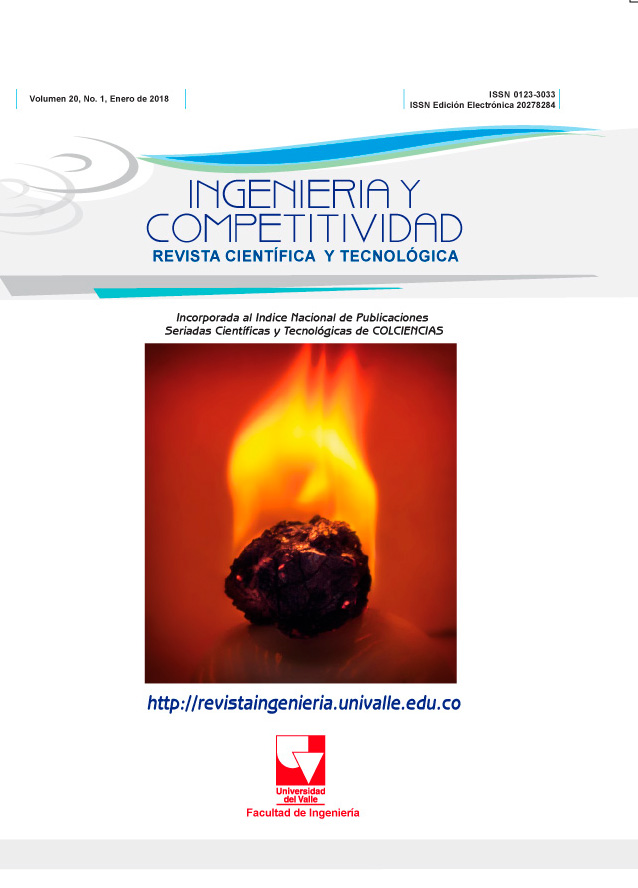Estudio computacional por DFT de la superficie (001) de WO3 tetragonal (P4/nmm)
Contenido principal del artículo
El WO3 tetragonal tiene importancia en reacciones catalíticas tales como la hidratación del etileno, que es una
alternativa a la obtención de etanol por fermentación. Sin embargo, muy poco se conoce acerca de la estructura
y propiedades electrónicas de la superficie de WO3 tetragonal con posible actividad catalítica. En este trabajo, se
caracterizó la superficie WO3 (001) mediante simulaciones computacionales utilizando la teoría del funcional
de densidad. Se determinaron los parámetros de la celda unitaria y los correspondientes ángulos y distancias de
enlace, y se calculó la densidad de estados (DOS) en volumen obteniéndose un valor para el ancho de banda de
0.6 eV. Se generaron dos modelos de superficie en la dirección (001) del volumen, uno sin átomos de oxígeno en
la superficie (modelo I) y otro con un solo átomo de oxígeno en la superficie (modelo II). Para ambos modelos se
usaron en los cálculos cuatro capas de átomos y un vacío de 14 Å entre losas vecinas. Se obtuvieron valores de
135.01 y 40.55 meV/ Å2 para las energías superficiales de los modelos I y II respectivamente, mostrando que el
modelo II tiene asociada una mayor probabilidad de representar al catalizador de WO3. Se calculó la densidad de
estados de ambos modelos, observándose un ancho de banda cercano a cero.
- DFT, DOS, optimización estructural, superficie (001), WO3 tetragonal
Descargas
Los autores que publican en esta revista están de acuerdo con los siguientes términos:
Los autores ceden los derechos patrimoniales a la revista y a la Universidad del Valle sobre los manuscritos aceptados, pero podrán hacer los reusos que consideren pertinentes por motivos profesionales, educativos, académicos o científicos, de acuerdo con los términos de la licencia que otorga la revista a todos sus artículos.
Los artículos serán publicados bajo la licencia Creative Commons 4.0 BY-NC-SA (de atribución, no comercial, sin obras derivadas).





